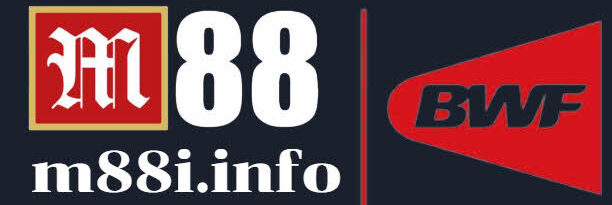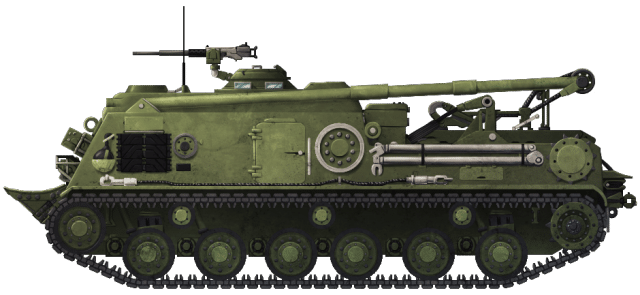As a result of thicker armor and the ever-increasing caliber of weaponry, tanks and armored vehicles became bigger and heavier after the Second World War. With the introduction of heavier vehicles throughout the Cold War, tanks continued to gain weight and girth. Existing recovery vehicles based on the M4 Sherman, such as the M32 and M74, were reaching the end of their usefulness and proved inadequate to rescue heavier tanks like the M48 Patton III or the M103 heavy tank.
Answering the Call: The Birth of the M88 Armored Recovery Vehicle
While the United States Marine Corps was the major user of the M103, the US Army still needed a support vehicle for its medium tanks. In 1954, Bowen-McLaughlin, Inc. came forward with a design for a ‘Medium Recovery Vehicle’ based on the M48 Patton III medium tank. After seven years of development, the finalized vehicle was approved and designated the Medium Recovery Vehicle M88. It entered service in 1961 and remains in service with the US Military to this day as the M88A2 ‘HERCULES’. The M88 also serves in the armed forces of various other nations.
Development
In October 1954, the desired characteristics of a ‘medium recovery vehicle’ were outlined by the United States Ordnance Committee, and three pilot vehicles were ordered. Designs were put forward by the Detroit Arsenal and Bowen-McLaughlin, Inc. Bowen-McLaughlin’s design was based on the drastic conversion of the M48 Patton III, with a fixed, armored cab built at the front end of the hull, an ‘A’ frame boom capable of supporting 25 tons, and a 50-ton capacity winch. The design was approved, and a contract was signed in April 1956 to start constructing the pilot vehicles.
A Doomed Project?
Delays during the manufacture of the pilot vehicles cast doubt over the future of the entire project. At this time, the biggest threat to the T88 was a new medium tank project, the T95. Since the M48 was the USA’s front-line tank at the time, it was thought that there would not be enough tanks available for conversion. However, it was eventually recommended that the T88 be equipped with the features installed on Bowen-McLaughlin’s design and follow a base tank design to permit maximum interchangeability between them and standardization of component parts. The conference concluded that Bowen-McLaughlin’s design had many admirable features, and in October 1955, authorization was granted for the manufacture of three pilot vehicles.
Serialisation and Production
Approval for the production of three pilot vehicles with a new powertrain was granted in February 1959. The T88 received the official designation and serialization as the ‘Medium Recovery Vehicle M88’. In that period, 1,075 vehicles were produced. As the weight of tanks increased, a requirement to develop an improved, more powerful version arose. The resulting vehicle, the M88A2 HERCULES, entered service in the early 2000s and is the dedicated support vehicle to the M1 Abrams. Production of the HERCULES continues to this day.
Upgrades and New Models
The M88A1 was introduced with a more economical diesel engine. In 1997, the M88A2 HERCULES, an upgraded version of the M88A1, entered service. It featured a reinforced 35-ton capacity hoist boom and a 70-ton capacity main winch. The A2 also received armor upgrades and additional features like an auxiliary winch and armored side skirts. The M88A3, currently in development, will feature further upgrades including a more powerful engine and improved suspension.
Exports and Foreign Service
The M88 and its variants have been exported to around 23 countries worldwide. Egypt and Germany are the largest foreign operators of the M88. Other operators include Greece, Pakistan, Taiwan, Austria, Lebanon, Turkey, Jordan, Israel, Brazil, Morocco, Portugal, Tunisia, Bahrain, Sudan, and Spain. The M88A2 HERCULES is also in service with Australia, Iraq, Saudi Arabia, Kuwait, and Thailand.
Conclusion
The M88 is one of the longest-serving Armored Recovery Vehicles (ARVs) and has proven itself as a successful support vehicle for the United States military’s armored units. With ongoing upgrades and the introduction of the M88A2 HERCULES, the M88 continues to provide essential support for the M1 Abrams. Its long service life and continuous improvements make it a vital asset on the battlefield.
m88 armored recovery vehicle


